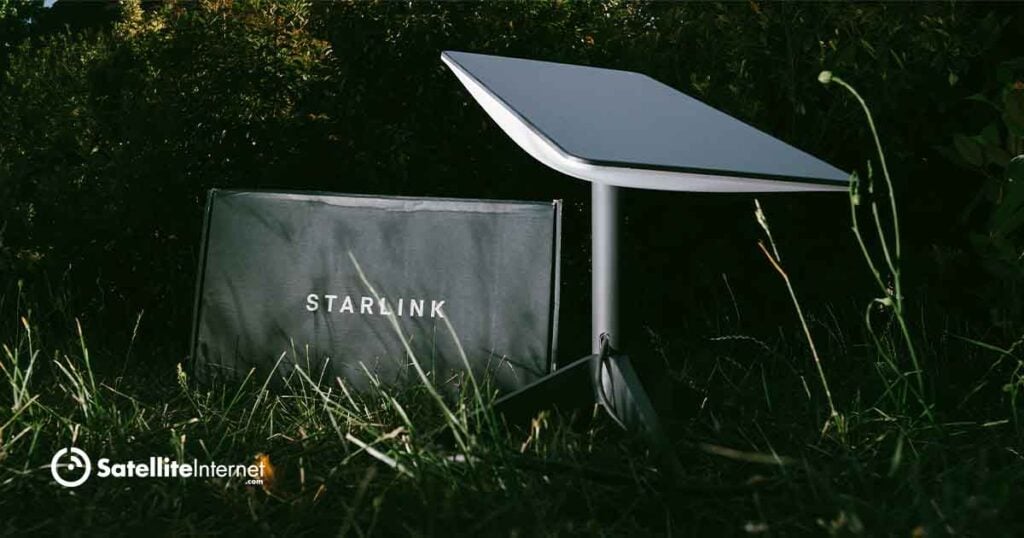Starlink Roam is the go-to solution for travelers to connect to internet satellite—in fact, it’s currently the only way. Originally called Starlink RV, it’s gone through multiple rebrands, but all the plans remain under the Starlink Roam umbrella. It’s a portable internet option that allows you to get online nearly anywhere.
Whether you’re an RV user who can’t miss streaming the big game or checking in on family via video call, Starlink Roam offers satellite internet connectivity when you’re out on the road.
Starlink Roam’s monthly subscription plans and required hardware purchases are more costly than mobile hotspots, but it provides a fast, reliable connection and is just as easy to set up. We’ll discuss Starlink Roam’s plans and which will work best for you.
